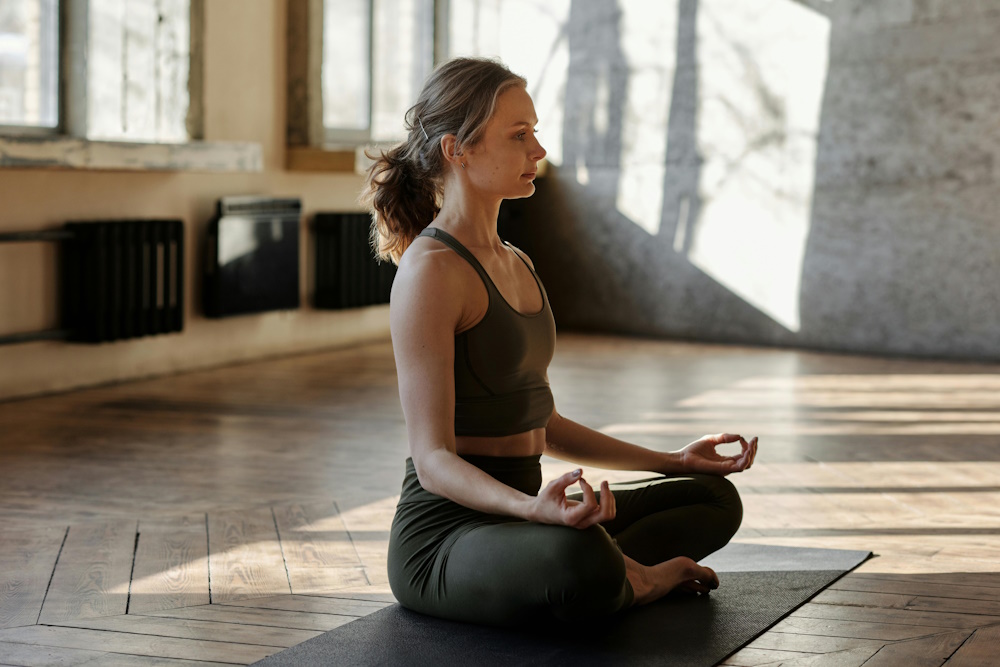When it comes to choosing between Pilates and yoga for your fitness and wellness journey, the decision can be both exciting and challenging. These two mind-body practices offer unique approaches to improving physical strength, flexibility, and mental well-being. In this comprehensive exploration, we’ll help you navigate the choice between Pilates and yoga, considering your preferences, fitness goals, and the distinct benefits each discipline offers. We’ll delve into why some people prefer Pilates over yoga, the relative difficulty of these practices, their effectiveness for targeting belly fat, and their impact on mental health.
Why Do People Prefer Pilates Over Yoga?
People often prefer Pilates over yoga for several reasons:
- Focus on Core Strength: Pilates is renowned for its emphasis on core strength. It targets the muscles in your abdomen, lower back, and pelvic floor, making it a popular choice for those seeking to tone their midsection.
- Structured Workouts: Pilates sessions typically follow a structured routine, with a specific set of exercises and repetitions. Some individuals prefer this structured approach for achieving measurable progress.
- Equipment Usage: While not necessary, Pilates can incorporate specialized equipment like the Reformer, which offers resistance and can intensify workouts. This appeals to those who enjoy using fitness equipment.
- Injury Rehabilitation: Pilates is often recommended for rehabilitation purposes, helping individuals recover from injuries and improve posture.
- Toning and Sculpting: Pilates exercises tend to emphasize muscle toning and sculpting, making it popular among those who want a lean and well-defined physique.
Which Is More Difficult: Yoga or Pilates?
The level of difficulty between yoga and Pilates can vary based on the style and class you choose. However, some general differences can help you decide which might be more challenging for you:
- Yoga: Yoga often focuses on holding poses, incorporating balance, flexibility, and bodyweight strength. Some yoga styles, like Ashtanga or Bikram, can be physically demanding. The difficulty level can increase as you progress to more advanced poses.
- Pilates: Pilates prioritizes core strength and controlled movements. While it may not require as much flexibility as some yoga styles, it demands strong abdominal engagement and precision in execution, making it challenging in its own right.
In essence, the level of difficulty depends on your personal strengths and preferences. Some may find the slow, controlled movements of Pilates more challenging, while others may struggle with the balance and flexibility required in yoga.
Is Pilates or Yoga Better for Belly Fat?
Both Pilates and yoga can contribute to reducing belly fat, but their approaches differ:
- Pilates: Pilates effectively targets the core muscles, including the abdominal area. Consistent practice can help tone and strengthen these muscles, potentially reducing belly fat over time.
- Yoga: Yoga engages the entire body, including the core. Certain yoga styles, like power yoga or vinyasa flow, can provide a cardiovascular workout that aids in burning calories and reducing overall body fat, including belly fat.
Ultimately, the effectiveness of either discipline for reducing belly fat depends on various factors, including your diet, overall physical activity, and the intensity of your practice. Combining both Pilates and yoga can be an excellent approach to target belly fat from different angles.
Is Yoga or Pilates Better for Mental Health?
Both yoga and Pilates offer mental health benefits, but they do so in distinct ways:
- Yoga: Yoga places a strong emphasis on mindfulness, meditation, and relaxation techniques. It can help reduce stress, anxiety, and improve mental clarity. Many practitioners find that yoga provides a profound sense of calm and emotional balance.
- Pilates: While Pilates incorporates mindfulness and breath control, its primary focus is on physical fitness. It can indirectly improve mental health by reducing stress through physical activity and fostering a sense of accomplishment through improved physical strength and posture.
The choice between yoga and Pilates for mental health largely depends on your preferences. If you’re drawn to meditation and relaxation, yoga may be more suitable. If you prefer a physical challenge with mental benefits, Pilates could be the right choice.
In a Nutshell
Choosing between Pilates and yoga ultimately comes down to your individual preferences and fitness goals. Some may prefer the core-focused, structured workouts of Pilates, while others might resonate more with the holistic, mind-body approach of yoga. Both disciplines offer unique benefits, and integrating elements of both into your fitness routine can provide a well-rounded approach to improving your physical and mental well-being. The key is to find the practice that resonates with you and aligns with your specific goals.
